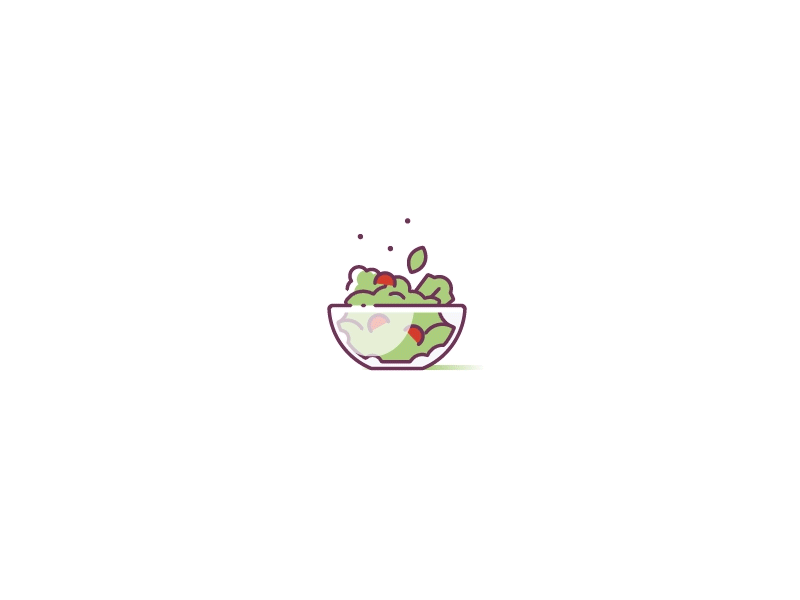Correcting Overly Salty Dishes
Encountering an overly salty dish can be disheartening, especially after investing time and effort into preparing it. Fortunately, there are several techniques you can use to balance out the saltiness and save your meal. One of the most effective methods is to add a starch, such as rice, potatoes, or pasta.
These ingredients can absorb some of the excess salt while also providing a neutral base that complements the flavors of your dish. For example, if you've made a salty soup or stew, consider adding diced potatoes or cooked rice to help dilute the saltiness. As they cook, they will soak up some of the briny flavor, allowing you to enjoy your dish without overwhelming saltiness.
If adding starch isn't an option or if you're looking for a quicker fix, consider incorporating acidic ingredients like lemon juice or vinegar. The brightness of these flavors can help counterbalance the saltiness and create a more harmonious taste profile. A splash of vinegar in a salad dressing or a squeeze of lemon over roasted vegetables can work wonders in cutting through excessive salt.
Additionally, you might try adding a touch of sweetness with honey or sugar; this can help to mask the saltiness and create a more rounded flavor. By employing these techniques, you can transform an overly salty dish into a well-balanced culinary creation.
Rescuing Burnt Food

Burnt food is often seen as a complete loss, but with some creativity and resourcefulness, you can often salvage it. If you've accidentally charred the bottom of a pot of rice or pasta, one effective method is to transfer the unburnt portion to another pot immediately. This prevents the burnt flavor from permeating the rest of your dish.
If you're dealing with burnt vegetables, try cutting away the charred parts and mixing in fresh ingredients or sauces that can mask any remaining bitterness. For instance, adding a splash of balsamic vinegar or a drizzle of olive oil can help elevate the flavors and distract from any burnt notes. In some cases, you might find that burnt food can be repurposed into something entirely new.
For example, if you've burnt a roast or chicken, consider shredding the remaining edible parts and using them in tacos or burritos. The addition of flavorful toppings like salsa, cheese, and guacamole can help cover up any residual burnt taste. Alternatively, if you've burnt a cake or dessert, you can trim off the burnt edges and serve it with whipped cream or ice cream to mask any imperfections.
By thinking outside the box and embracing your culinary mishaps, you can turn burnt food into an opportunity for creativity in the kitchen.
Reviving Stale Bread

Stale bread is often seen as a lost cause, but there are several ways to breathe new life into it. One popular method is to revive stale bread by sprinkling it lightly with water and placing it in a preheated oven for about 10 minutes. The steam created during this process helps to soften the bread's crust while restoring its moisture content.
This simple technique can transform your stale loaf into something that resembles freshly baked bread once again. You might also consider slicing the bread and toasting it lightly; this not only enhances its texture but also brings out its flavor. Another creative way to use stale bread is by turning it into croutons or breadcrumbs.
Cut the bread into cubes and toss them with olive oil, garlic powder, and your favorite herbs before baking them until golden brown. These homemade croutons can add texture and flavor to salads and soups alike. Alternatively, you can process stale bread in a food processor to create breadcrumbs that can be used for coating meats or as a topping for casseroles.
By repurposing stale bread in these ways, you not only reduce waste but also create delicious additions to your meals.
Fixing Curdled Sauces

Curdled sauces can be frustrating to deal with, especially when you've put effort into creating a creamy dish. However, there are several techniques you can use to fix this common issue. One effective method is to remove the sauce from heat immediately and whisk in a small amount of cold liquid—such as cream or broth—gradually.
This helps to stabilize the sauce and re-emulsify any separated components. If you're working with a cheese sauce that has curdled, adding a bit of grated cheese while whisking vigorously can help bring it back together as well. If whisking doesn't do the trick, consider blending the sauce in a blender or using an immersion blender directly in the pot.
This method can help smooth out any lumps and restore a creamy consistency. Additionally, if your sauce has curdled due to overheating, you might want to try adding an egg yolk mixed with a bit of warm sauce before returning it to heat gently; this can help thicken and stabilize the sauce without further curdling. By employing these techniques, you can rescue your curdled sauces and ensure that your dishes remain rich and flavorful.
Saving Overly Spicy Dishes

When you accidentally make a dish too spicy for your taste buds to handle, it can feel overwhelming. Fortunately, there are several strategies you can use to tone down the heat without sacrificing flavor. One effective approach is to add dairy products such as sour cream, yogurt, or cream cheese.
The fat content in these ingredients helps neutralize spiciness while adding creaminess to your dish. For example, if you've made an overly spicy chili or curry, stirring in some sour cream or coconut milk can create a more balanced flavor profile that is easier on the palate. Another way to mitigate spiciness is by incorporating sweet ingredients like honey or sugar.
A touch of sweetness can counteract heat effectively; just be cautious not to overdo it! Adding diced tomatoes or tomato sauce can also help dilute spiciness while contributing additional flavor and moisture to your dish. If you're working with soups or stews, consider adding more broth or water to dilute the heat further.
By employing these techniques thoughtfully, you can transform an overly spicy dish into something enjoyable for everyone at your table.
Correcting Bitter Coffee
Bitter coffee is often an unwelcome surprise that can ruin your morning routine. If you find yourself facing this issue, there are several ways to correct it without starting from scratch. One effective method is to add a pinch of salt; this may sound counterintuitive but salt has been known to counteract bitterness effectively by enhancing other flavors in coffee.
Just a small amount sprinkled into your cup can make a significant difference in taste without making your coffee salty. Another approach is to balance out bitterness with sweetness by adding sugar or flavored syrups like vanilla or caramel. These sweeteners not only mask bitterness but also enhance the overall flavor profile of your coffee.
If you're looking for an alternative solution, consider adding milk or cream; this not only softens bitterness but also adds richness and body to your brew. By experimenting with these techniques, you can transform bitter coffee into a delightful beverage that kickstarts your day on a positive note.
Rescuing Over-Whipped Cream

Over-whipped cream is another common kitchen mishap that can leave you feeling frustrated when preparing desserts or toppings for various dishes. However, there’s no need to despair; there are ways to rescue it before it turns into butter! One effective method is to gently fold in some unwhipped cream; this will help restore its original texture while softening any graininess caused by over-whipping.
Be sure to fold carefully so as not to deflate the mixture too much; this will ensure that you maintain some volume while achieving a smoother consistency. If you don’t have unwhipped cream on hand or prefer another approach, consider adding a small amount of milk or half-and-half instead. This will help loosen up the over-whipped cream while bringing back its creamy texture without compromising flavor significantly.
Another option is using it as an ingredient rather than just a topping; over-whipped cream works well in recipes like mousses or frostings where its texture won’t be as noticeable when combined with other ingredients. By employing these techniques thoughtfully, you can turn over-whipped cream into something delicious rather than discarding it altogether!


